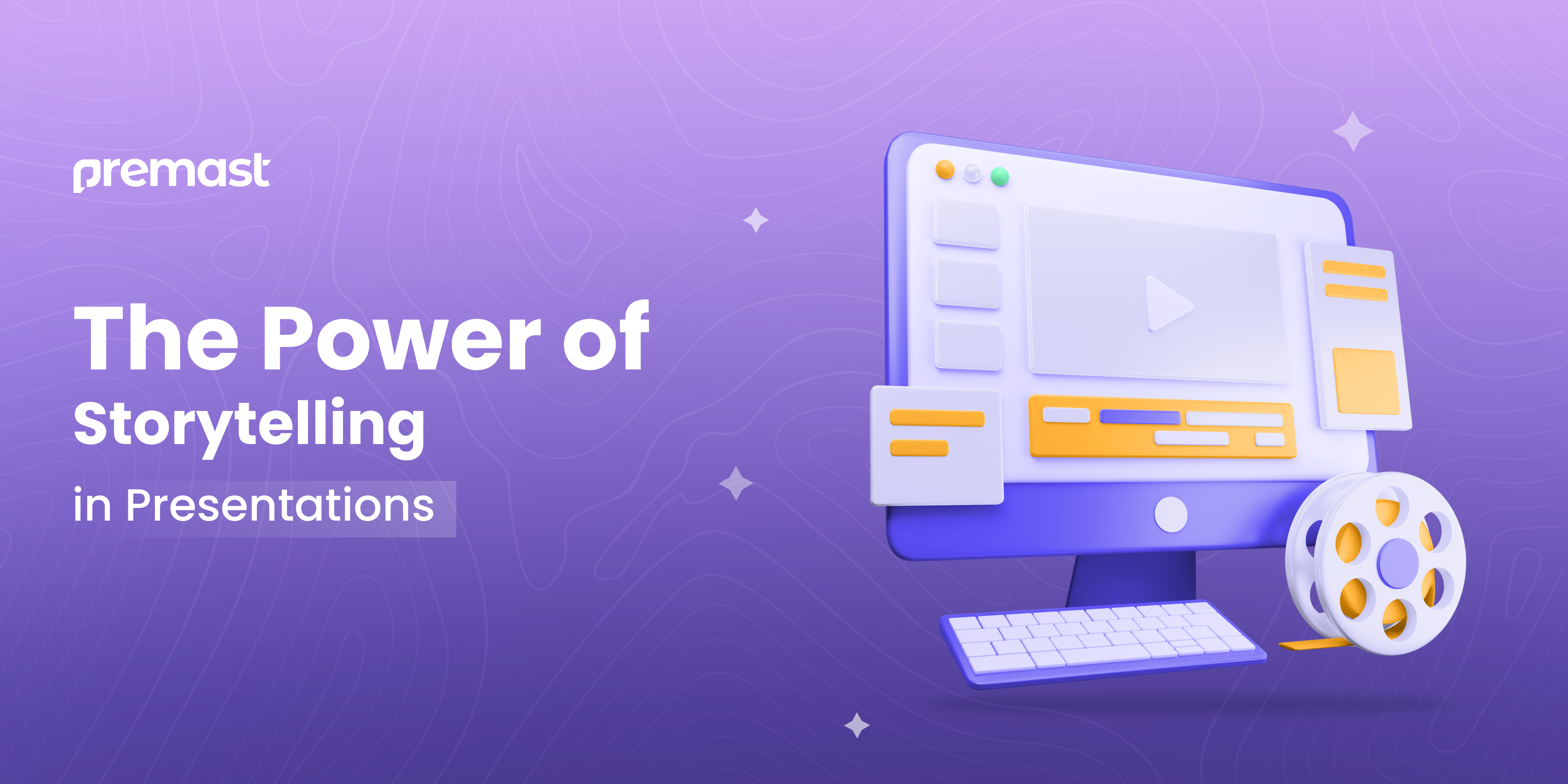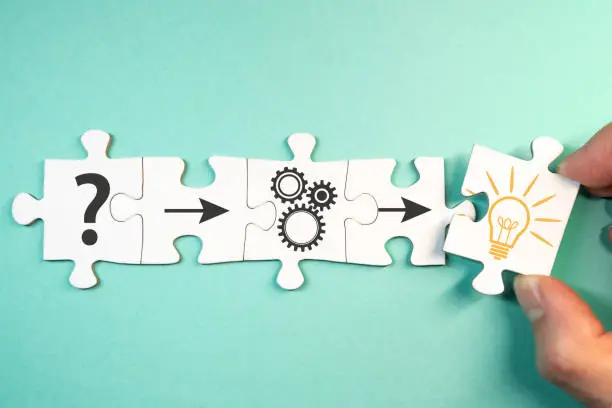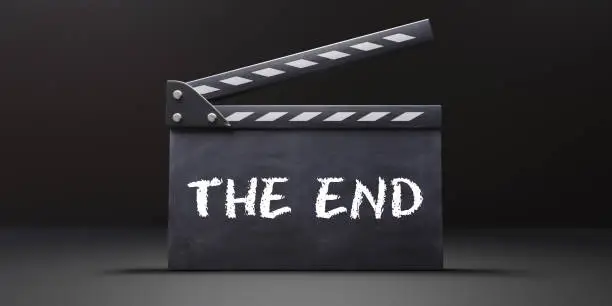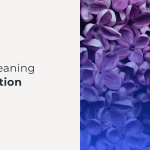Every good story ends with a moment to reflect, and your presentation should, too!
A great way to do this is by adding a meaningful quote. Whether it’s to inspire your audience, offer support for your main message, or even provide a bit of social proof, the right quote can leave a lasting impression.
In our presentation template, we’ve included a quote section designed with a friendly illustration of a proposal, symbolizing a positive, feel-good conclusion that fits perfectly with your narrative. Let your final slide be a warm goodbye that sticks with your audience.
Read More: Master Your Business Presentation with These 10 Tips!
Visual Content
When it comes to storytelling, visuals play a big role, and we can actually learn a lot from children’s books. Why are they so engaging? Because they use simple text and powerful images.
Your slides should follow the same idea. Keep them clean, easy to understand, and light on text. Too much text can overwhelm your audience and take away from your message.
A great presentation strikes a balance between visuals like images, icons, illustrations, and graphics. Make sure each visual supports your story and helps bring your message to life.
For example, since this template is designed for a dating app, we’ve used warm, romantic colors like pink and red and added playful elements like hearts and flowers to match the theme and mood. Let your visuals do the talking, it makes your content more engaging, memorable, and fun to follow.
Read More:
Explore our collection of free presentation templates, easy to customize in Google Slides and PowerPoint to match your style and needs.







Leave a Reply
You must be logged in to post a comment.